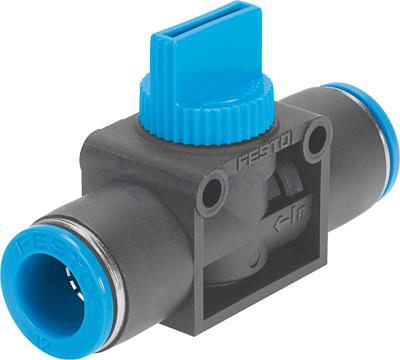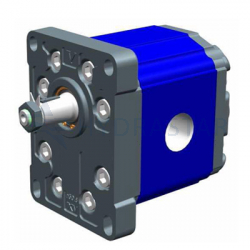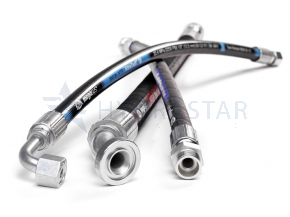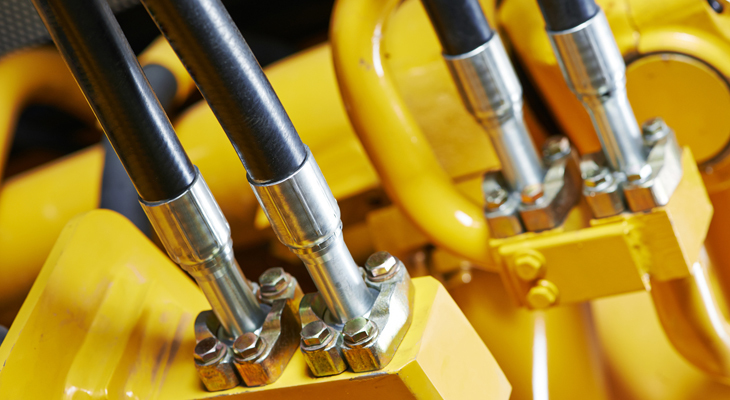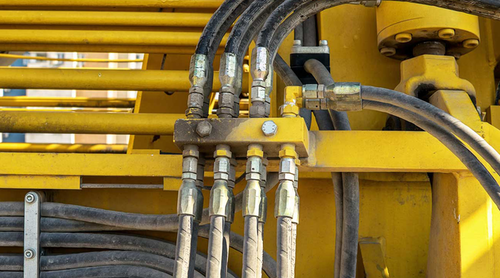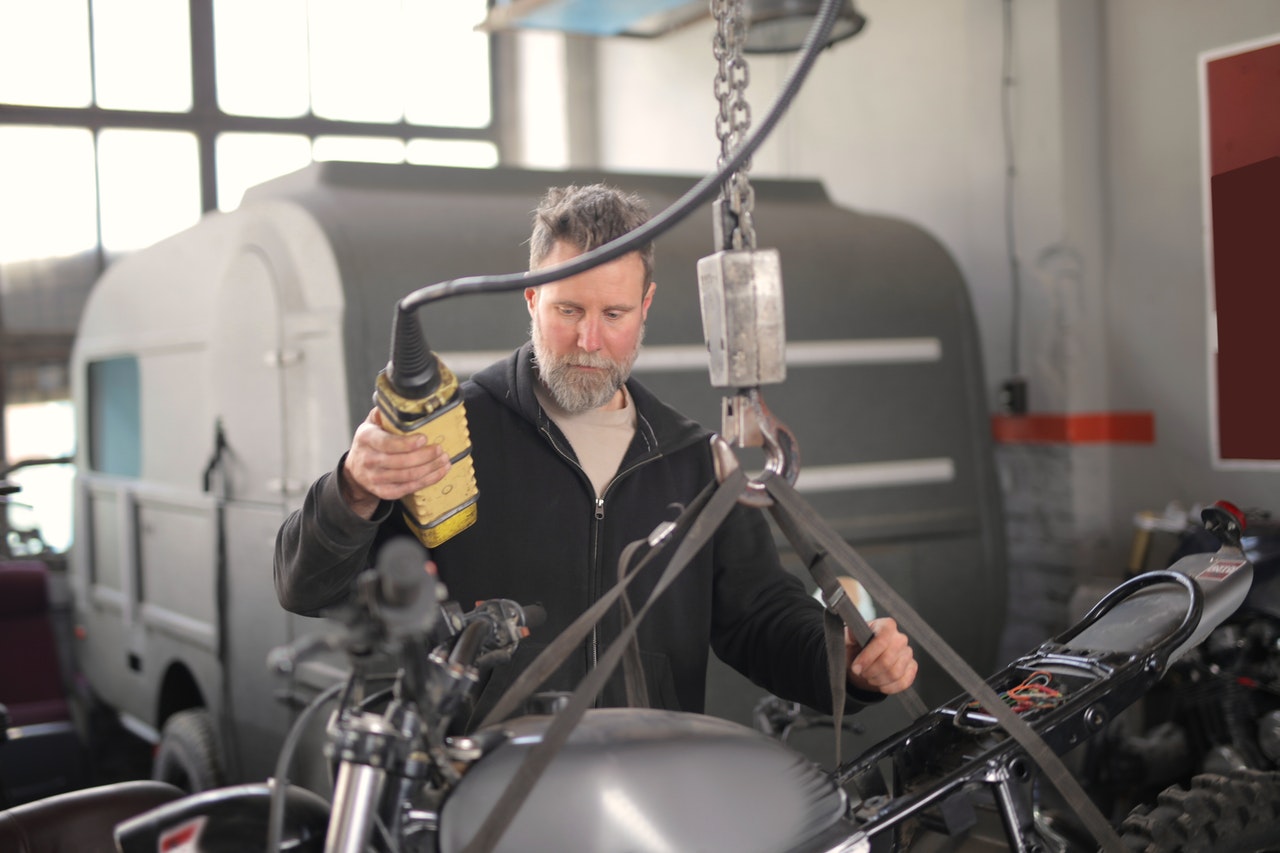Search Results for: fluid power systems
The Direct And Indirect Costs Of Hydraulic Leaks – And What You Can Do About Them
How To Specify The Right Actuators For Your Valves
5 Causes Of Premature Hydraulic Pump Failure And The Importance Of Regular Preventative Maintenance
Premature hydraulic pump failure can be caused by various factors, some of which are unique to certain applications. To help prevent pump failures and ensure efficient system operation, it is essential to understand the root causes of premature failure. Read on as we explore some of the most common causes. We’ll also offer some tips […]
The 5 Core Parts You Need To Build A Hydraulic System
All hydraulic systems, from the most complex to the most basic, depend on a small number of core parts that they share in common. By understanding and utilising these ‘building block’ components, design engineers can customise their hydraulic devices to undertake a very wide range of tasks and applications. Read on to find out more […]
How To Design An Efficient Hydraulic System
Why Size Matters With Hydraulic Hose Assemblies
What Should I Look for in a Replacement Hydraulic Pump?
Even with proactive maintenance and high-quality repairs, all long-running hydraulic pumps need replacing or upgrading at some point. Metal fatigue, random breakdowns, new technological advances, or sudden changes to your system, activities, or loop can all mean that you’ll suddenly find yourself in the market for a new hydraulic pump.
Why Is My Hydraulic Pump Running Slowly?
Does My Application Need A Hydraulic Or Pneumatic System?
In engineering, fluids (whether liquids/hydraulic, or gases/pneumatic) play a significant role in the design and construction of systems and machines. The study of fluids enables engineering applications in a variety of designs and structures, ranging from medical equipment to irrigation systems. Hydraulics and pneumatics focus on the mechanical qualities of liquids and gases respectively. How […]


